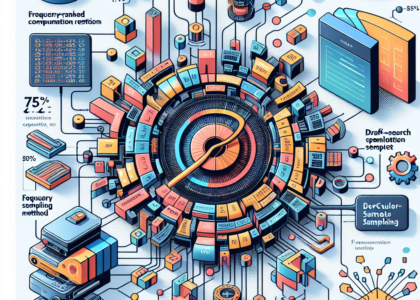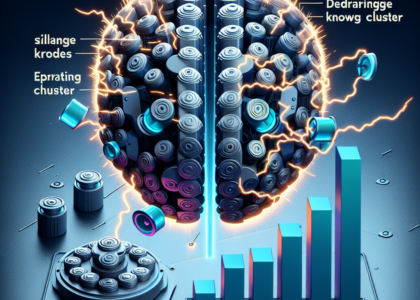Authors: Hoony Kang, Wolfgang Losert
Abstract: The brain can rapidly adapt to new contexts and learn from limited data, a
coveted characteristic that artificial intelligence algorithms have struggled
to mimic. Inspired by oscillatory rhythms of the mechanical structures of
neural cells, we developed a learning paradigm that is based on oscillations in
link strengths and associates learning with the coordination of these
oscillations. We find that this paradigm yields rapid adaptation and learning
in artificial neural networks. Link oscillations can rapidly change
coordination, endowing the network with the ability to sense subtle context
changes in an unsupervised manner. In other words, the network generates the
missing contextual tokens required to perform as a generalist AI architecture
capable of predicting dynamics in multiple contexts. Oscillations also allow
the network to extrapolate dynamics to never-seen-before contexts. These
capabilities make our learning paradigm a powerful starting point for novel
models of learning and cognition. Furthermore, learning through link
coordination is agnostic to the specifics of the neural network architecture,
hence our study opens the door for introducing rapid adaptation and learning
capabilities into leading AI models.
Source: http://arxiv.org/abs/2502.08644v1





